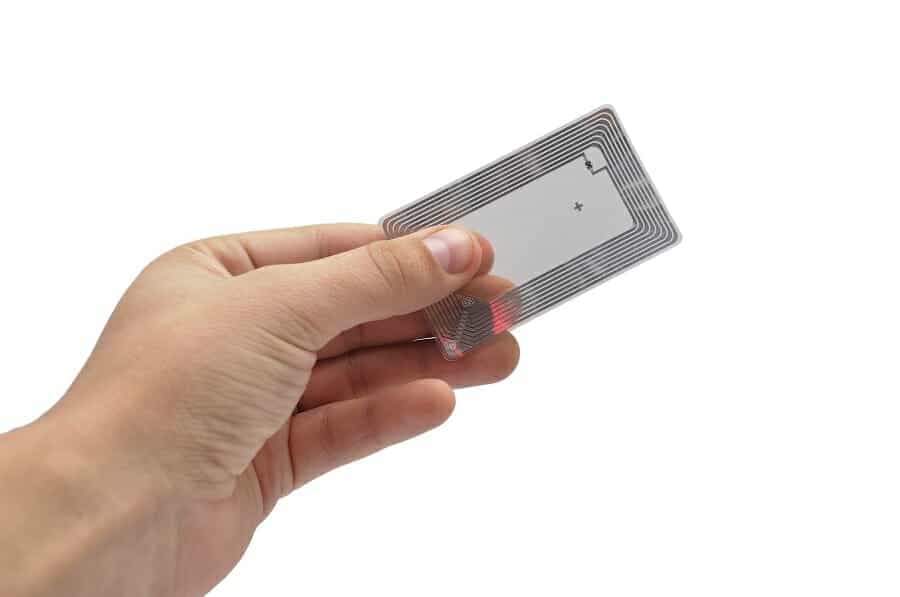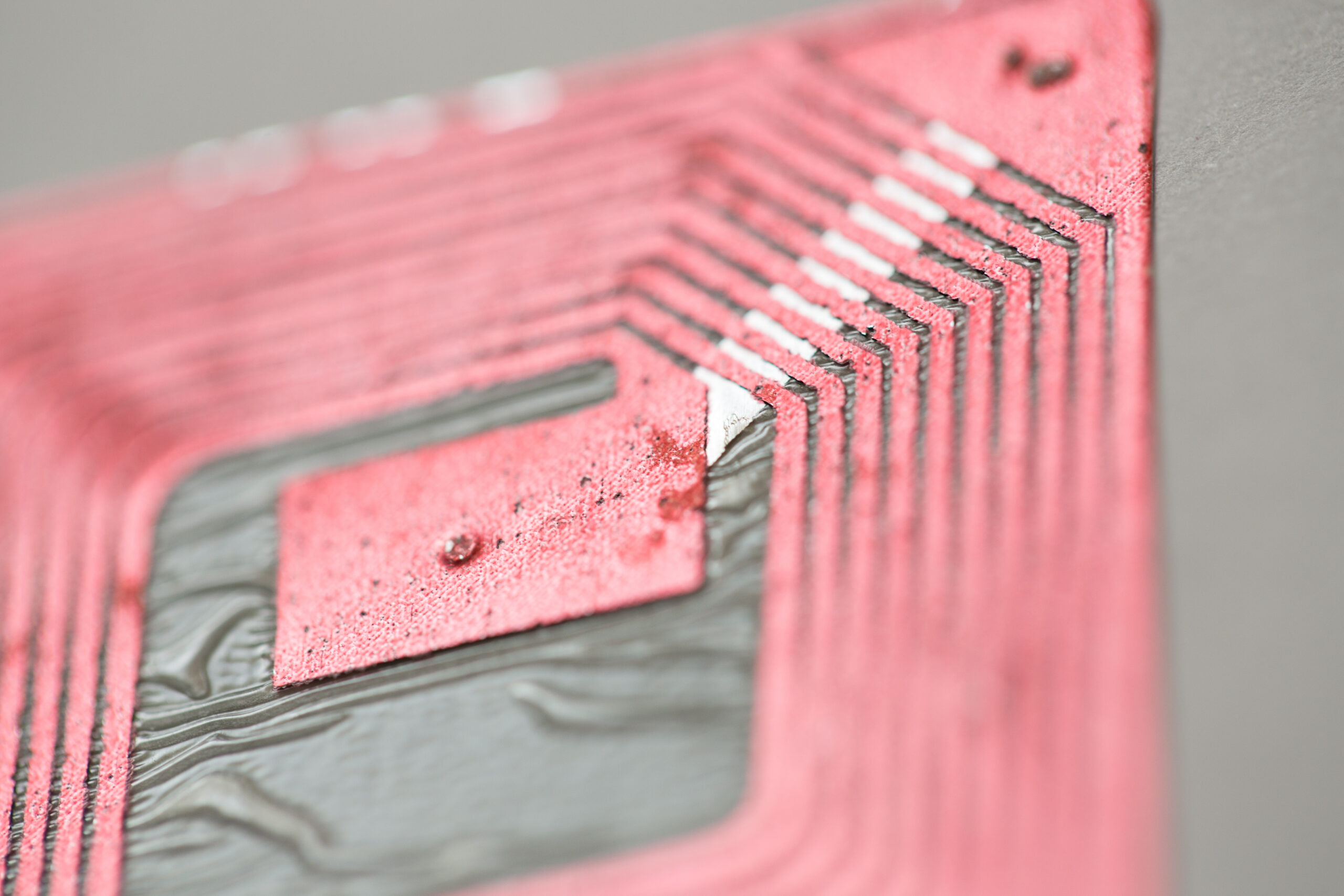By now, you’ve surely heard the buzz surrounding radio frequency identification, or RFID. Supply chain businesses around the world are using it to improve their productivity and increase the return on their investments. However, many companies are still unsure about RFID systems in general. They’re wondering what technology they include and how they will actually work in their warehouse or distribution center.
If you or your co-workers have wondered these same things, Lowry is here to help and explain. Follow this guide to find out what RFID is, what it does and how it can benefit you.
What is RFID technology, exactly?
RFID is a method of data collection that involves automatically identifying objects through low-power radio waves. Data is sent and received with a system consisting of RFID tags, an antenna, an RFID reader, and a transceiver.
How does RFID work?
Like barcode technology, RFID Scanner recognizes locations and identification of tagged items — but instead of reading laser light reflections from printed barcode labels, it leverages low-power radio frequencies to collect and store data. In a warehouse or distribution center, RFID technology is used to automate data collection. The transceiver reads radio frequencies and transmits them to an RFID tag. The identification information is then transmitted from a tiny computer chip embedded in the tag and broadcasted to the RFID reader.
Here are a few of RFID’s helpful features and functions:
- Tags can trigger alarms when moved
- Communication between readers and tags is not contingent upon orientation
- Data can be automatically read and stored
- Tags can carry unique or standardized product codes
- Items can be individually labeled, but read in mass
- Tag data is compatible with WMS and ERP systems
- Tags are difficult to reproduce/counterfeit
What is the difference between RFID Scanner and barcode technology?
Barcode and RFID share similar functionalities, but they have one distinct difference: human intervention, or “line of sight.” This refers to the distance between the operator of the data collection device (barcode scanner or RFID reader) and the labeled or tagged item — in other words, whether or not they are close enough to the item to see it.
To get a good barcode read, operators must position their handheld scanner within the line of sight of the item. To collect data using RFID technology, operators are not as limited — they simply need to be within the range of the tag. This means that employees can collect data for any item within the read range without physically moving from shelf to shelf. This also means that more than one item can be read at once. For those reasons, many companies are looking to RFID to add even more value to their operations.
What are the benefits of using RFID?
With RFID, supply chain businesses can track the movement of their inventory items and assets. By eliminating labor-intensive inventory tracking processes that require human intervention and increasing visibility of your items and assets, RFID can help businesses cut costs related to manufacturing, distribution, inventory management, and asset tracking.
RFID automates your data collection process so that your employees can eliminate time-consuming procedures and spend more time on what’s important: customer service, shipping, and picking.
An automated data collection system — especially one that does not require human intervention — improves speed and accuracy so that employees can get more done in a shorter amount of time (and get it done right the first time). Because of this, RFID allows businesses to decrease their labor costs. And with improved accuracy, businesses can also increase their throughput, and therefore reduce their inventory carrying costs as well.
Not to mention, improved accuracy can yield even more benefits. When shipments arrive on time and in the right quantities, customers are bound to be more satisfied with your service.
If you have any other questions, please contact an expert at Lowry Solutions. We’d be happy to help!




